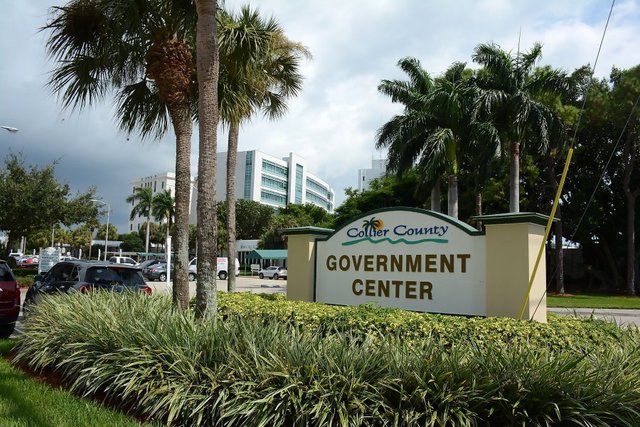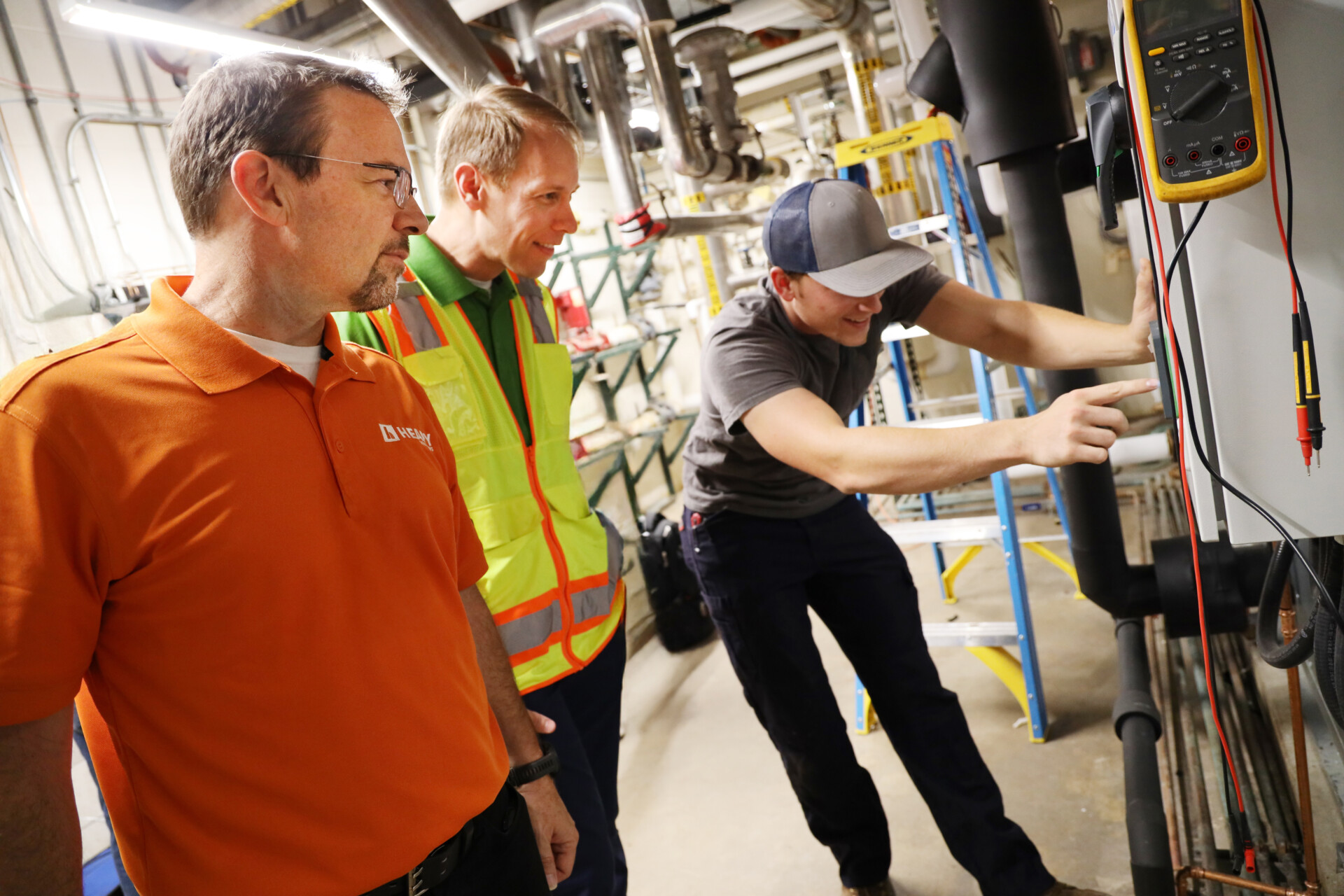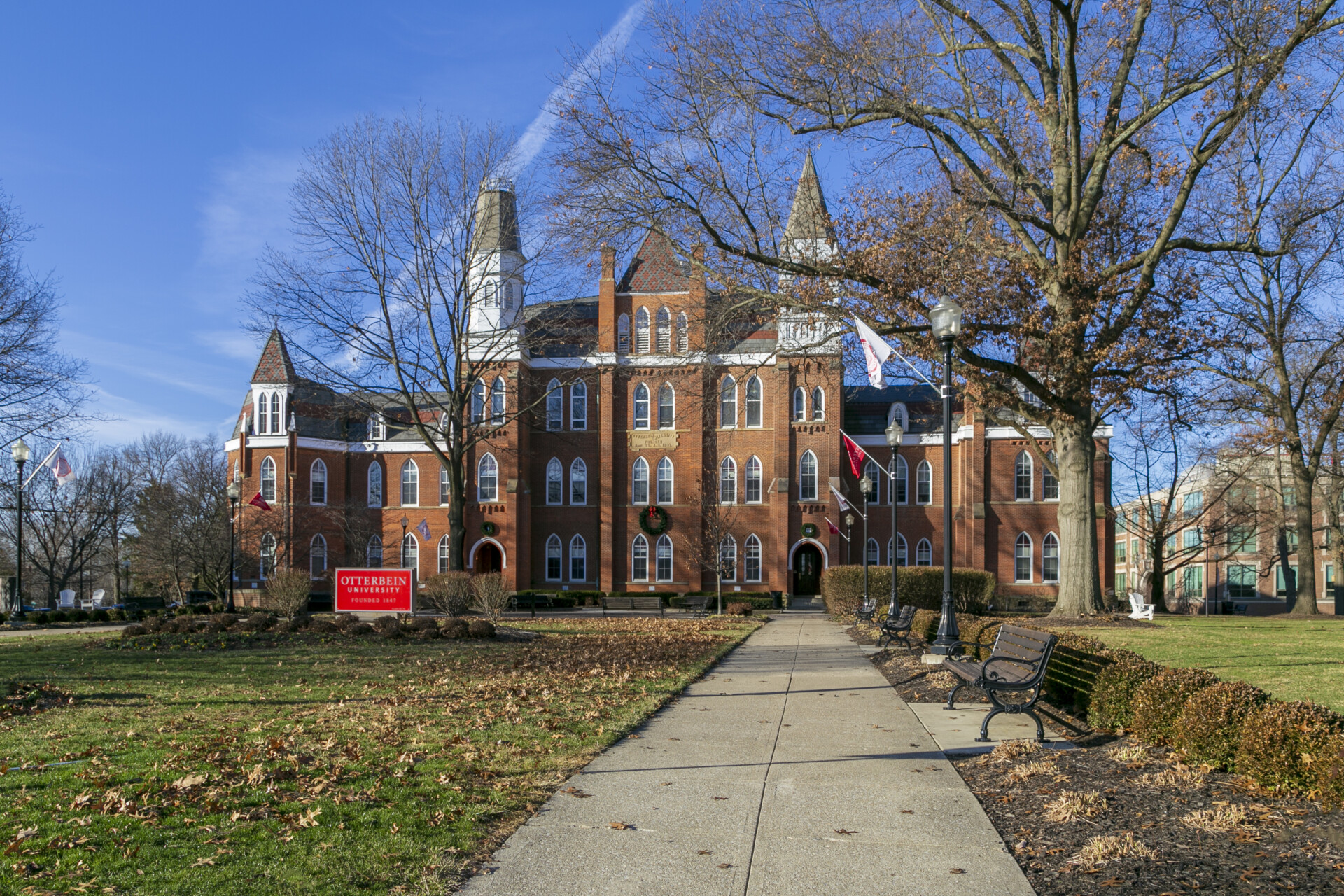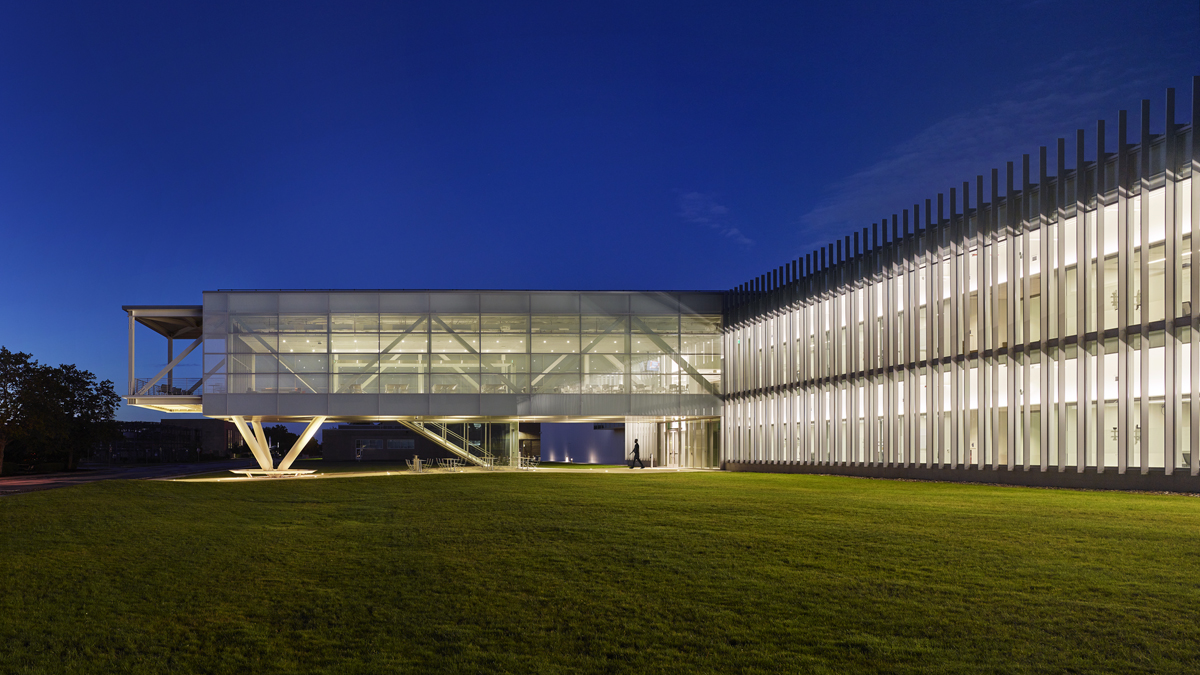Collier County Energy Master Plan

Cost 7,000,000 kWh
$625,000 annual savings
Size 14 Buildings
800,000 SF
HEAPY provided an Energy Master Plan for the Collier County Government Center in Naples, Florida, which includes 14 buildings totaling 810,000 SF. The final report provided the County with a detailed energy efficiency road map and outlined short- and long-term improvements based on first cost, life cycle cost, and overall energy and environmental impact. The project scope included:
- campus-wide facility condition assessment, evaluating facility age, deferred
- maintenance, and energy consumption of building systems and envelope;
- ASHRAE Level II energy audit;
- campus energy sub-metering plan,
- investigation into the central energy plant with evaluations on future design opportunities;
- indoor air quality assessment;
- renewable energy opportunities and options;A detailed UTILITY BILL ANALYSIS revealed the Energy Use Intensity (EUI) was nearly 25% higher than average peer building group. On-site investigation of the HVAC, building automation, lighting, and building envelope systems revealed significant potential energy savings strategies. For example, the existing thermal energy storage system was operating at a maximum of 72% of the designed storage capacity, caused by major mechanical equipment issues in the ice storage tanks, as well as control issues that led to erratic system performance.
Ultimately, more than 65 ENERGY CONSERVATION MEASURES (ECMs) throughout the campus were identified to reduce overall energy usage by 20% – 25%. The total identified savings are over 7,000,000 kWh and would save up to $625,000 in annual utility costs.
A system performance analysis of the central energy plant was completed utilizing system building automation trend data. A new central energy plant concept was developed to provide energy cost savings and improve campus resiliency, as well as to support future expansion. The team developed a concept for a 13,000 ton-hour stratified chilled water thermal storage system with a total volume of 1.5 million gallons, capable of providing full cooling with N+1 redundancy to the campus. Life cycle analysis demonstrated that the new system would SAVE $8M IN ENERGY COSTS OVER 20 YEARS.








